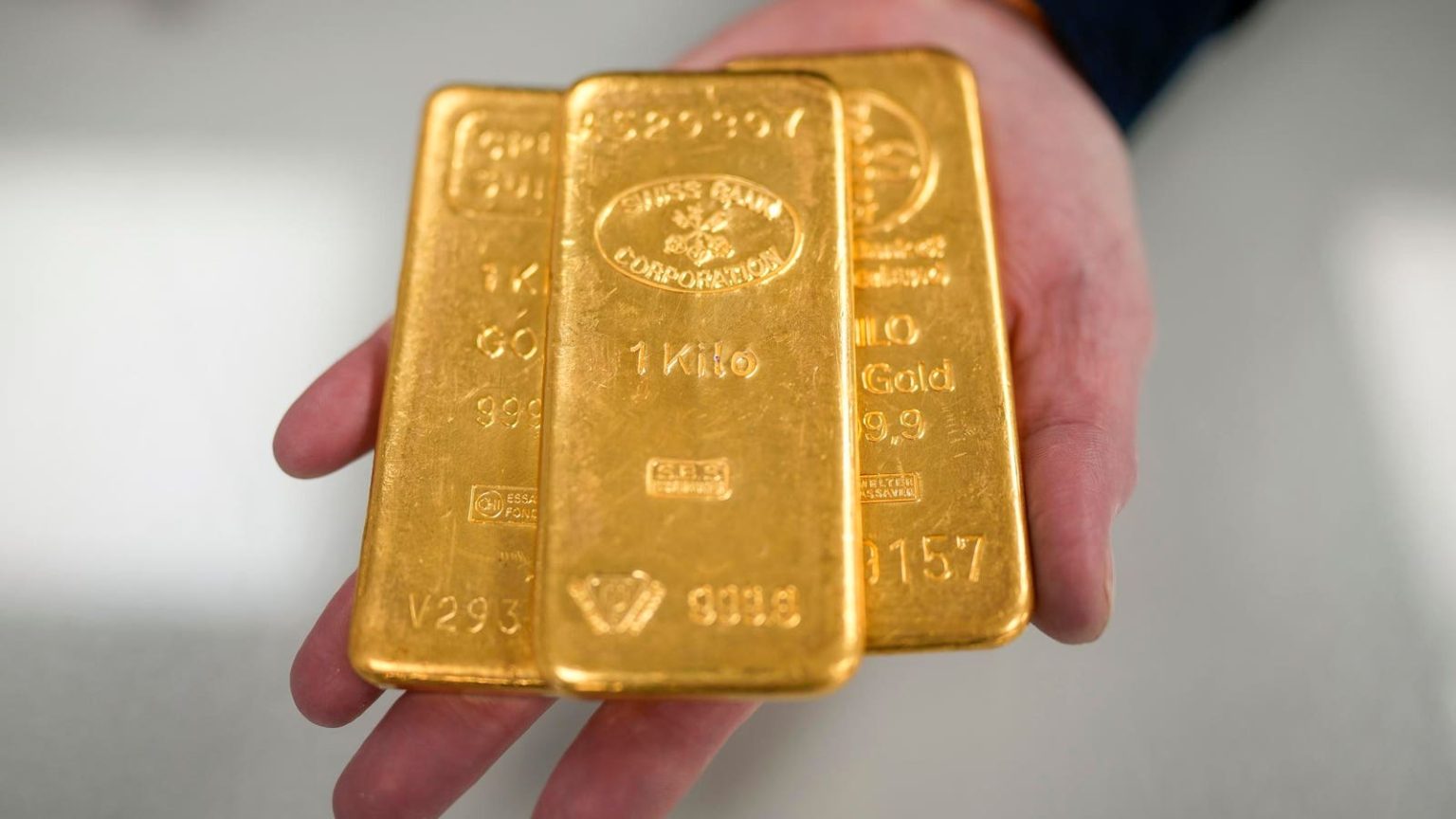Despite the current strength of the U.S. economy, characterized by low unemployment rates, growing earnings, and record-setting stock markets, J.P. Morgan’s CEO, Jamie Dimon, has expressed skepticism about the longevity of this prosperity. In a recent letter to shareholders, Dimon warned about potential inflationary pressures stemming from factors like huge fiscal spending, the need for trillions of dollars each year for the green economy, and increasing geopolitical tensions worldwide. He highlighted ongoing issues like the US-China trade war, conflicts in the Middle East, and disputes over human rights abuses and sovereignty in regions like Hong Kong and Taiwan as contributing to economic uncertainty.
Although traders have shown optimism about the Federal Reserve’s ability to engineer a soft landing and avoid a recession, Dimon believes that the odds of success are lower than what markets seem to be pricing in. He questions whether inflation can be tamed quickly enough to meet the Fed’s 2% target, suggesting that interest rates could climb to over 8% in the coming years. In light of these uncertainties, gold, a traditional safe-haven asset, closed at another record high driven by central bank purchases. China’s central bank has been steadily adding gold to its reserves for 17 months in a row, while other nations have also been increasing their gold holdings, signaling a trend towards safer assets.
With gold prices hitting new all-time highs, the question arises whether this surge in safer assets is indicative of potential future economic turbulence or merely a short-term blip. Markets typically predict economic trends 3 months to 3 years in advance, but the cautionary stance taken by Dimon and the actions of central banks suggest that they may be sensing trouble on the horizon. As June futures on the New York Mercantile Exchange closed at a record-high of $2,372.5 per troy ounce, the uptick in the prices of safe-haven assets is prompting investors to consider the potential risks looming ahead.
As investors continue to monitor economic indicators, the focus remains on how the Federal Reserve will navigate these uncertain waters to avoid a potential recession. While markets have displayed confidence in the Fed’s ability to manage inflation and economic stability, Dimon’s warnings serve as a reminder that the path ahead may be more challenging than anticipated. The actions of central banks, including China’s continued accumulation of gold reserves, point to a growing sense of caution among global economic players, further adding to the air of uncertainty surrounding the future of the economy.
In the midst of geopolitical tensions, fiscal challenges, and inflationary pressures, the landscape of the global economy is becoming increasingly complex. As gold prices hit record highs and central banks stockpile safe-haven assets, the possibility of economic turbulence looms on the horizon. Whether this trend towards safer assets is a temporary response to current events or a foreshadowing of future economic challenges remains to be seen. With market indicators and the words of influential figures like Jamie Dimon guiding investor sentiments, the road ahead for the economy appears uncertain, requiring a vigilant and cautious approach to navigating potential risks.


